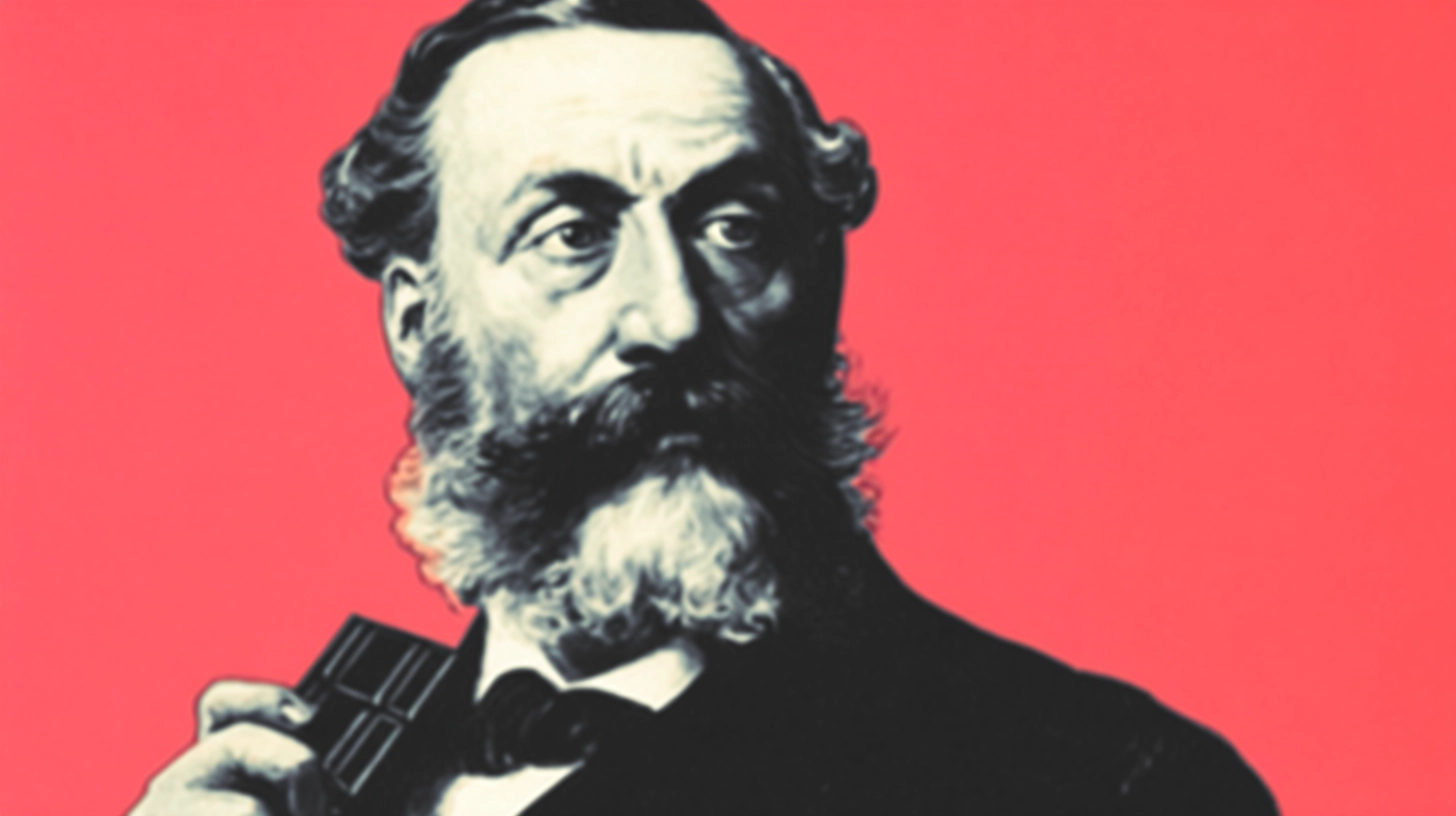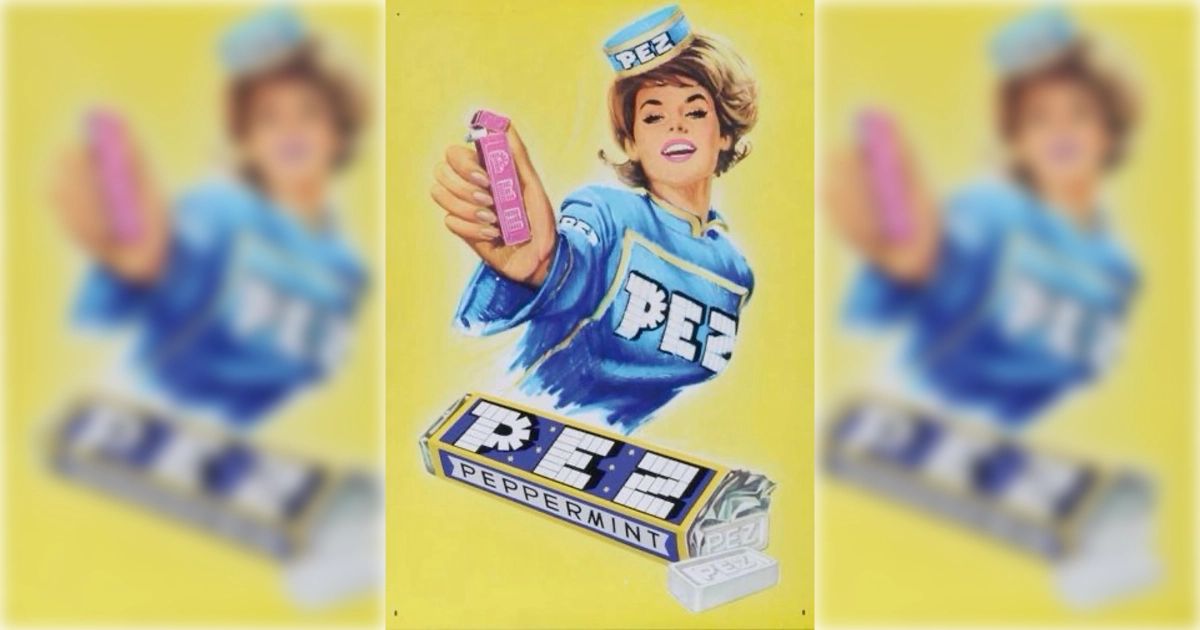The timeline of candy spans thousands of years, from ancient Egyptian honey confections and Chinese sugar sculptures to the mass-produced chocolate bars and gummy candies of the modern era.


In ancient Egypt, the cradle of candy, pharaohs and commoners alike indulged in honey-based sweets called "shen-djehuty," which were not only delicious treats but also believed to possess magical properties, sometimes being used in religious rituals and even buried with the dead to ensure a sweet afterlife.
Ancient Chinese develop "dragon's beard candy" made from rice and malt syrup.
Indians create khanda, pieces of sugar crystals considered a type of candy.

Caramel may have Arab roots, as some dictionaries trace its etymology to the Arabic phrase "kora-moħalláh" meaning "ball of sweet," suggesting that the confection or a similar sweet treat might have been enjoyed in the Arab world long before it became popular in Europe and in candies like Mary Jane.

Hernán Cortés introduces chocolate from the Aztecs to Europe.
Leading to its transformation from a valuable "money almond" used by indigenous Americans to an exclusive delicacy enjoyed by royalty, with some monarchs like Charles II dubbed "chocoholics," and even influencing social rituals to the point where its public sale was banned in 1644, forcing people to make and drink it at home.

Hard candy emerges in Europe as sugar becomes more widely available.
Hard candy originated as a medicinal confection in ancient civilizations, evolving through the centuries into popular treats like lollipops and peppermint candy canes.
In Denmark, anise-flavored hard candies called "Kongen af Danmark" ("King of Denmark") were invented specifically to trick a reluctant Danish king into taking his medicine by disguising its strong anise flavor.
Rock candy becomes popular in Europe and America.


Oliver Chase an early candy inventor and entrepreneur invents a machine to cut lozenges, leading to the creation of the famous candy, Necco Wafers.

In 1848, John B. Curtis developed and sold the first commercial chewing gum called "The State of Maine Pure Spruce Gum," marking a pivotal moment in the modernization and commercialization of chewing gum in the United States.
Early gum required chewers to repeatedly dip it in powdered sugar to maintain sweetness.
It would'nt be till 1928 that the first bubble gum (Dubble Bubble) would be invented and a bunch of other popular brands like Bubblicious and Bubble Yum after that.

The Ghirardelli Chocolate Company is founded in California.
Whitman's Chocolates founded in Philadelphia.

Cadbury launches their first heart-shaped box of chocolates for Valentine's Day.

Founded in 1869 by German immigrant Gustav Goelitz, Jelly Belly evolved from a small confectionery to a global jelly bean empire.
It famously became President Reagan's favorite candy and the first jelly beans in space, while also creating wild flavors like vomit, earwax, and draft beer.

Rodolphe Lindt develops the conching process for chocolate.

Candy corn, originally called "Chicken Feed" and invented in the 1880s, has evolved from a year-round penny candy to a polarizing Halloween staple.
Brach's now produces a mind-boggling 7 billion pieces annually (85% of the market share) and even releasing bizarre flavors like hot dog and hamburger in their "tailgate" variant.

Wrigley Company founded, initially selling soap and baking powder with chewing gum as a premium.

Milton S. Hershey founded the Hershey Chocolate Company in 1894 after failing at three previous candy businesses.
He later famously sold his successful caramel company for $1 million in 1900 to focus entirely on chocolate, claiming "Caramels are just a fad, but chocolate is a permanent thing."
The company soon becomes a chocolate empire selling everything from Hershey's Kisses to chocolate cigarettes.

Cotton candy is invented by dentist William Morrison.

Velma Candy Company (later to become Mars, Incorporated) founded by Frank C. Mars.

.webp)
Hershey's Milk Chocolate Bar introduced.
Squirrel Nut Zippers candy introduced.

Tootsie Rolls, created in 1907 by Austrian Jewish immigrant Leo Hirschfield who named them after his daughter Clara "Tootsie”.
It became America's first penny candy to be individually wrapped, but tragically, Hirschfield later shot himself in a hotel room in 1922, leaving behind a cryptic suicide note.

Toblerone, the iconic triangular Swiss chocolate bar invented in 1908 by Theodor Tobler and his cousin Emil Baumann.
It was inspired by either the Matterhorn mountain or dancers at the Folies Bergère and it may have had its patent processed by Albert Einstein while he worked as a clerk at the Swiss Federal Institute of Intellectual Property.
It was initially advertised in the constructed languages Esperanto and Ido.

While the concept of candy on a stick likely dates back to ancient times, the modern lollipop was allegedly invented in 1908 by George Smith of New Haven, Connecticut.
He named it after a racehorse called Lolly Pop and trademarked the term in 1931, though the word "lollipop" itself may have Romani origins related to their tradition of selling candy apples on sticks.

Lifesavers, the iconic ring-shaped candy invented in 1912 by Clarence Crane (father of poet Hart Crane) as a "summer candy" that could withstand heat better than chocolate.
It has a colorful history that includes being promoted in saloons and cigar stores, helping Allied soldiers during World War II when other candy makers donated their sugar rations to keep it in production.

This first combination candy bar, Clark Bar is introduced.

Samuel Bert invents the snow cone machine, bringing the frozen treat to the masses. That same year, Walnettos candy is launhced.

Baby Ruth candy bar introduced.

Fox-Cross Candy Company creates the Charleston Chew. That same year, gummy bears are invented by Haribo.

Butterfinger, invented in 1923 by Otto Schnering through a public naming contest, has had a wild journey including being dropped from airplanes as a publicity stunt, promoted by Shirley Temple, advertised by The Simpsons for over a decade.
It was temporarily banned in Germany due to GMO concerns, and even briefly released as a caffeine-infused "Buzz" version containing as much caffeine as an energy drink.
Samuel Born founds Just Born, the company that will invent Mike and Ike, Hot Tamales and Peeps.

The Milky Way chocolate bar, created in 1923 and named after a popular milkshake rather than the galaxy.
It has a fascinating history including a floating global version advertised for its buoyancy in milk, a US version with caramel that was once marketed as a snack that wouldn't ruin your appetite, and a UK variant called "Milky Way Magic Stars" featuring chocolate stars with different smiley faces engraved on them.
.webp)
The popular lollipop brand Dum-Dums are introduced with seven flavors.

PEZ candy and its famous dispensor is launched.

Reese's Peanut Butter Cups, created in 1928 by former Hershey dairy farmer H.B. Reese.
They have become a global candy powerhouse with $3.1 billion in annual sales, spawning countless variations including a half-pound cup and even inspiring a breakfast cereal.
The Reese brothers' original 666,316 shares from the 1963 merger with Hershey have ballooned to 16 million shares worth over $4.4 billion today.

In 1930, Mars introduced Snickers, named after the Mars family's favorite horse, which went on to become one of the world's best-selling candy bars.
They have inspired everything from deep-fried fair food to a controversial Super Bowl ad featuring mechanics accidentally kissing, and even prompting a massive product recall in Australia due to fears of rat poison contamination.

The 3 Musketeers bar, introduced in 1932 and named after Alexandre Dumas' novel, originally contained three flavors (chocolate, strawberry, and vanilla) until wartime sugar restrictions led to the elimination of strawberry and vanilla—leaving only the popular chocolate flavor—which has remained its signature ever since.

Twizzlers, introduced in 1929 by one of America's oldest confectionery companies (founded in 1845).
They have an intriguing history that includes the creation of a record-breaking 1,200-foot-long, 100-pound licorice twist in 1998. A surprising shift to strawberry as the dominant flavor (accounting for 70% of production despite not being the original licorice flavor).
Rolo introduced in the UK.
Nestlé creates Crunch Bar.

M&M's, created in 1941 as a way for soldiers to carry chocolate without it melting.
They have a wild history including being sent to space, having red ones removed for a decade due to unfounded health concerns, and featuring custom-printed presidential versions given as White House souvenirs since 1988.

The Mason Company introduces DOTS candy.

Junior Mints, invented in 1949 by food chemist Charles Vaughan for the James O. Welch Company (makers of Sugar Babies), have a peculiar connection to Broadway and the John Birch Society: they were named after the play "Junior Miss" and the company's co-founder, Robert W. Welch Jr., left the candy business to establish the controversial right-wing organization.
Smarties (the US versioin) was also launched the same year.

Ferrara introduces Atomic FireBalls a spicy jawbreaker candy.

Swedish Fish makes its debut in America.

Pop Rocks, a candy invented in 1961 by General Foods chemists that uses pressurized carbon dioxide bubbles to create a popping sensation.
They became the subject of an urban legend claiming it could cause stomachs to explode when combined with soda—a myth so pervasive that the FDA set up a hotline to reassure concerned parents and the TV show MythBusters even tested it by mixing Pop Rocks and cola inside a pig's stomach.

Starburst, originally launched as Opal Fruits in the UK in 1959, has undergone several name changes and flavor evolutions, including a viral marketing campaign featuring a Victorian-dressed man performing the "Little Lad Dance”.
They were banned in the European Union in 2022 due to concerns about titanium dioxide potentially damaging DNA and leading to cancer.

The hazelnut / chocolate spread Nutella is launched by Ferrero.
.webp)
Chupa Chups launches its iconic logo, designed by Salvador Dalí.
Astro Pops introduced, inspired by the U.S. space program.
Twix, a caramel shortbread chocolate bar created by Mars, Inc. in 1967, has undergone notable changes over the years—including being called "Raider" in mainland Europe until 1991 (2000 in some countries).

Skittles, originally created in Britain in 1974 and named after a bowling game, became a global phenomenon after Mars began producing them in the United States in 1982, quickly gaining popularity for their fruit flavors and iconic "Taste the Rainbow" slogan.

Topps Company launches the ring shaped candy Ring Pop.
Hershey's Kisses with Almonds introduced.

In a sugar-coated twist of fate, Sour Patch Kids began life as "Mars Men" in the 1970s before being rebranded in 1985 to capitalize on the Cabbage Patch Kids craze.
They have since spawned a video game, ice cream, cereal, and even Oreos, with the French whimsically dubbing them "Very Bad Kids."
Cadbury launches Wispa Gold, a variation of their aerated chocolate bar. Milkfuls was discontinued around the same time.

Kit Kat introduces its first permanent flavor in the U.S. in a decade: KitKat Duos Mint + Dark
Chocolate.